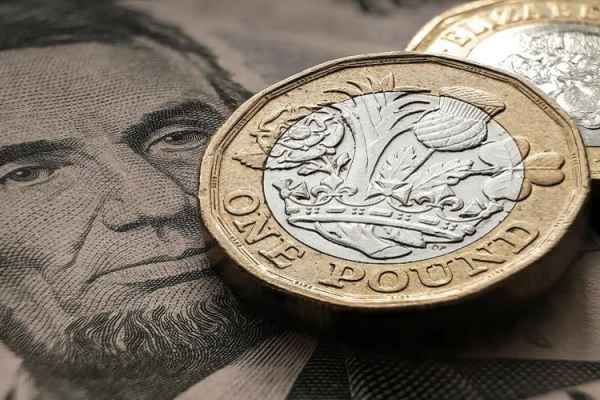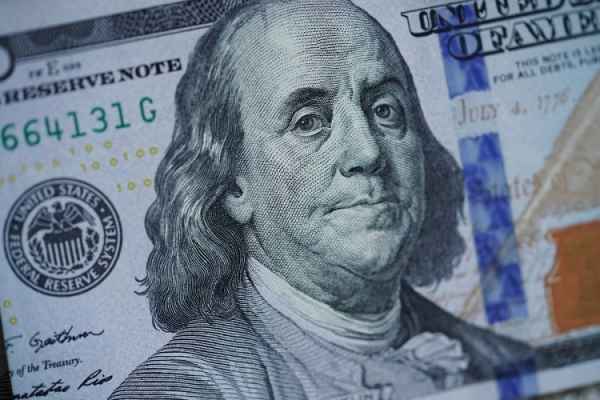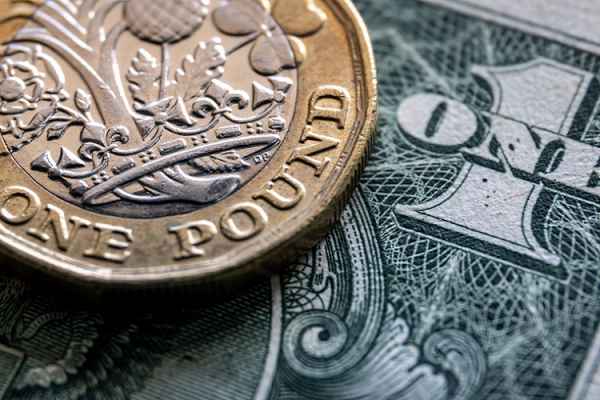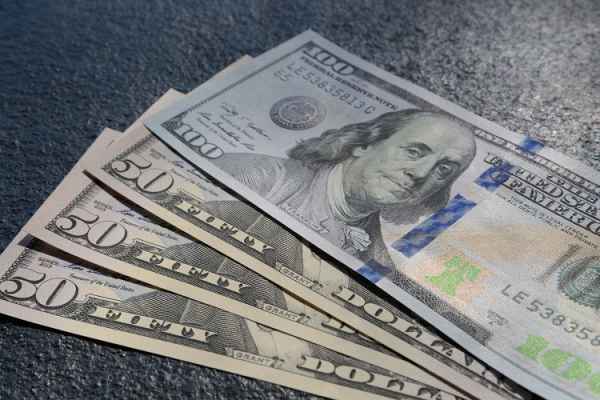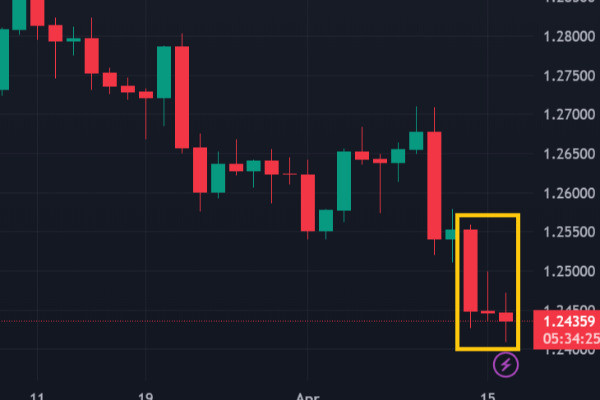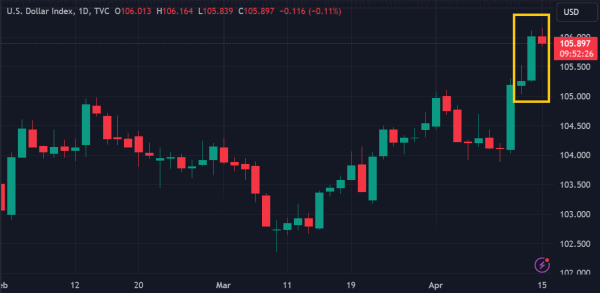Neel Kashkari said that The Fed may need to raise interest rates to over 6 percent to achieve the inflation target.
The US dollar dominated trading on Tuesday (May 23) following statements from several Fed officials that were significantly more hawkish than Jerome Powell's speech over the past weekend. The US dollar index (DXY) strengthened by around 0.3 to the range of 103.60s again, while USD/JPY reached its highest level in the past six months.

President of the Federal Reserve Bank of Minneapolis, Neel Kashkari, has stated that US interest rates may need to rise by "more than 6%" to bring inflation back to the 2% target. The President of the Federal Reserve Bank of St. Louis, James Bullard, also expressed the opinion that the central bank may need to raise interest rates by an additional 50 basis points this year.
"This is the most uncertain time we've ever had in understanding the dynamics underlying inflation. So, I will let inflation prove me wrong, and I think we will let inflation guide us. Maybe we need (to raise rates to) more than 6%," said Kashkari in an interview on Squawk Box CNBC. "But if banking stress starts to dampen inflation for us, then maybe... we're getting closer to the endpoint. I don't know (for sure) right now."
Their statements have sparked market speculation, considering that the current actual interest rate of the Fed is only in the range of 5% to 5.25%. Market participants now estimate a 30% chance of further rate hikes in June, although some still believe that the Fed may cut interest rates to 4.75% by the end of the year.
"Hawkish Fed comments have lifted rate hike expectations, and that is one reason why the dollar is firmer across the board," said Niels Christensen, chief analyst at Nordea.
Two other factors are driving the strengthening of the dollar today. First, the Purchasing Managers' Index (PMI) reports from the Eurozone and the UK were generally weaker than consensus expectations, failing to support a rebound in the euro and sterling. Second, the negotiations on the US government's debt ceiling ended in a stalemate on Monday.
Both factors worsen global market sentiment, making it beneficial for the greenback, considered a safe haven. However, the dollar remains vulnerable to slipping again if sentiment improves.
"Markets are still expecting some sort of deal to be reached," Nordea's Christensen said. "An agreement should spark some more risk-on sentiment which could be negative for the dollar."

 Dedicated FREE FOREX VPS
Dedicated FREE FOREX VPS Free FOREX Virtual Private Server
Free FOREX Virtual Private Server MT4 Demo Contest, Get $500
MT4 Demo Contest, Get $500 Sign Up for an Account, Claim 60% Deposit Bonus
Sign Up for an Account, Claim 60% Deposit Bonus Free MT4/MT5 VPS 2024
Free MT4/MT5 VPS 2024 Send E-mail and Get Free Merchandise
Send E-mail and Get Free Merchandise $1K Refer a Friend Bonus for Pepperstone Pro clients
$1K Refer a Friend Bonus for Pepperstone Pro clients Maximize Your Earnings with 100% Deposit bonus
Maximize Your Earnings with 100% Deposit bonus Trade to Win, $5,000 Monthly Demo Contest
Trade to Win, $5,000 Monthly Demo Contest Claim 30% + 15% Deposit Bonus from LiteFinance
Claim 30% + 15% Deposit Bonus from LiteFinance
